Tech Tidbits From NIH History
Surrounded as we are with incredible technologies like supercomputers, MRI scanners, and smartphones, it's easy to forget that technologies viewed as antiquated today were once considered cutting-edge. Perhaps learning about some of the gadgets and technological concerns from NIH's past will help spark a greater appreciation for the wonderful gizmos that are spurring new scientific discoveries (and adorable cat memes) today.
While some people were partying like it was 1999, the computer staff at NIH were preparing for the Y2K (year 2000) bug. Who knew in the 1950s that dropping the first two digits of a year to save computer storage space (“51” instead of “1951”), would cause panic 50 years later? Would all the computers and scientific instruments with computer chips forget what year it was and crash on January 1, 2000? As the NIH computer experts responded, “The sky is not falling at NIH.” They had been preparing since 1991. When the sun set that first day of 2000, the computer staff finally got their chance to party!

"Dad says that anyone who can't use a slide rule is a cultural illiterate and should not be allowed to vote. Mine is a beauty — a K&K 2020-inch Log-log Duplex Decitrig," says a character in Robert A. Heinlein's novel Have Space Suit Will Travel(1958). This particular Keuffel & Esser 20-inch Log-log Duplex Decitrig N4081-5 slide rule dates from the same year as the novel and belonged to Dr. Louis Sokoloff. Perhaps the book inspired him to buy it? He was chief of the NIMHLaboratory of Cerebral Metabolism when he developed the method to map the brain for which he won the 1981 Albert Lasker Award in Clinical Medical Research. His method, the Lasker Foundation said, “facilitated the diagnosis, understanding and possible future treatment of such disorders of the brain as schizophrenia, epilepsy, brain changes due to drug addiction and senile dementia.”
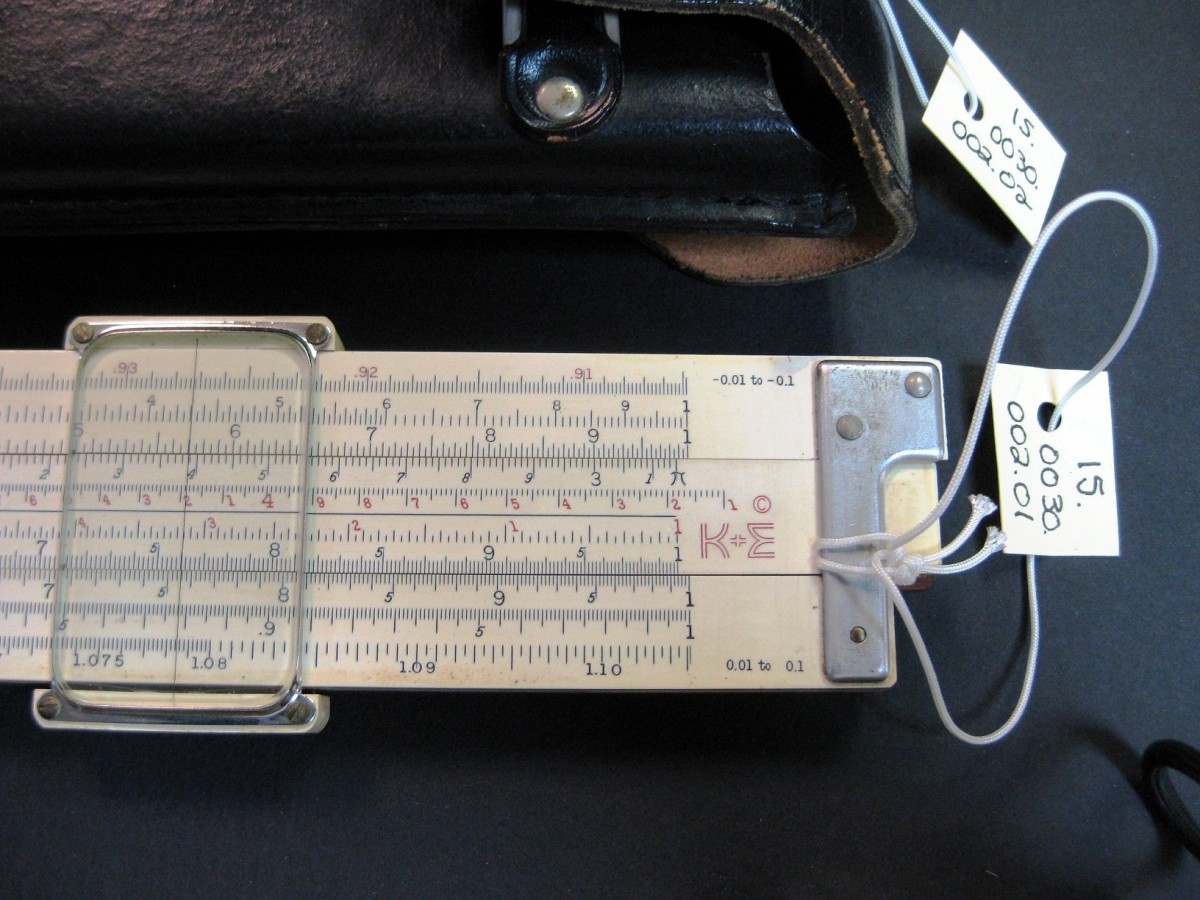
According to a 2001 edition of the NIH Record, “In 1975, having a TV-like device that sat on the desktop and offered immediate access to hundreds of thousands of pages of patient records seemed like only a dream for the nurses, physicians, pharmacists, and dozens of other professionals charged with patient care at the Clinical Center. But MIS — the computerized medical information system that made its NIH debut that year — turned the dream into a reality.” The light pen shown here, when used with a computer, was the system’s basic tool. With a few flicks, doctors could retrieve patient records, request medication and lab work, update and print a medical care plan for the nurses, contact the dietician, and see test results.
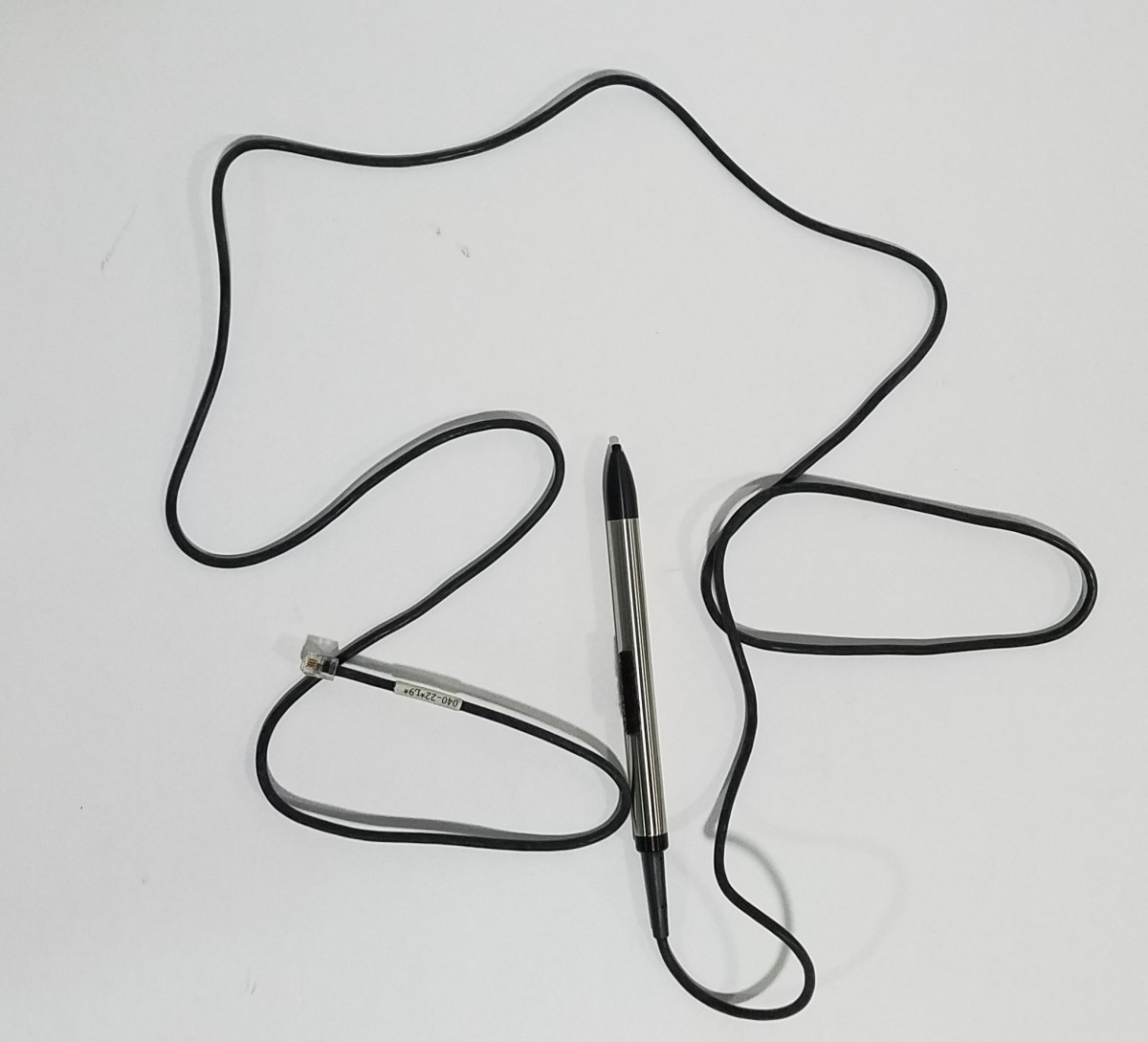
Imagine that you cannot connect with your colleagues via computer. You have to write a note, use the phone, or, gulp, see them in person! The advent of the local area network (LAN) enabled us to use computers to connect and share information instead. This is a LAN plan for the Division of Computer Research and Technology (DCRT, now the Center for Information Technology) in buildings 12, 12A, and 12B. This is the first known LAN at NIH. It was designed by Keith E. Gorlen in DCRT’s Computer Systems Lab in 1984.
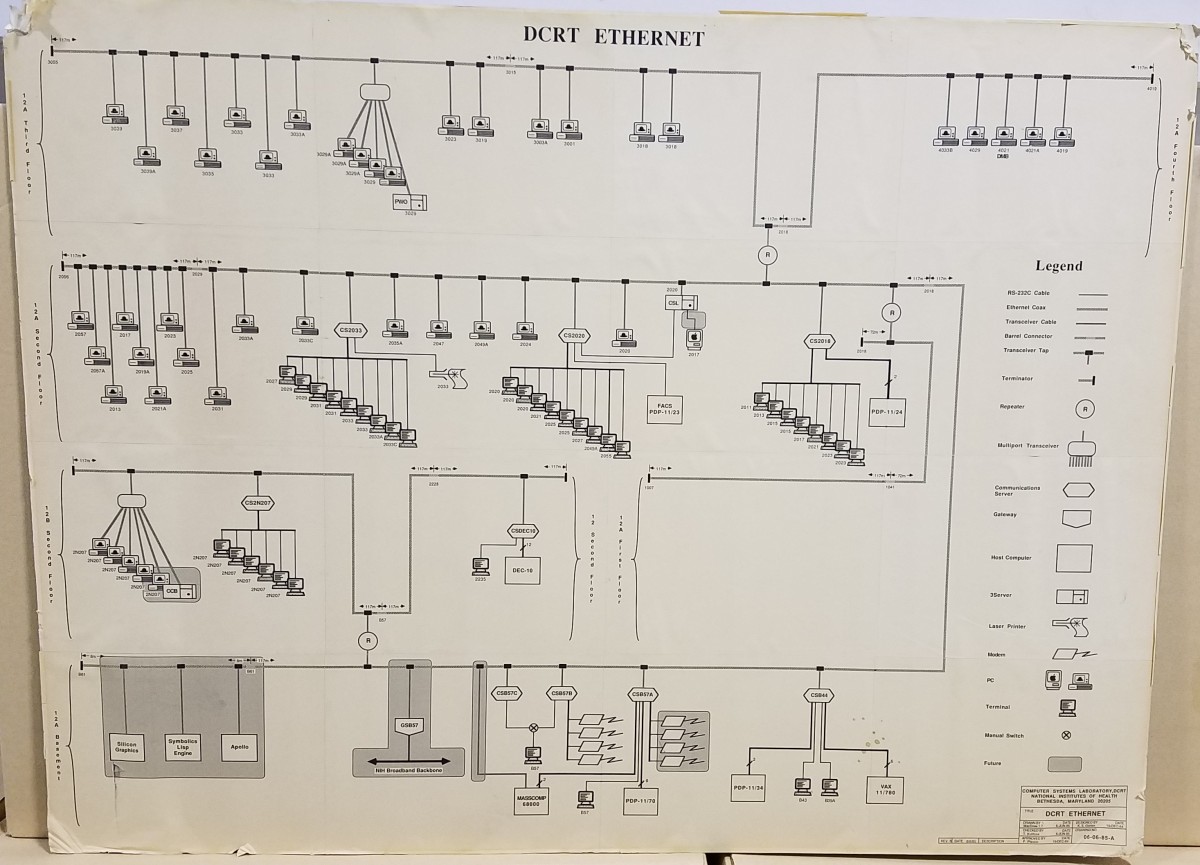
Richard Feldmann was a man ahead of the technology. An early user of computers to study protein folding, he found it difficult to share their 3D molecular structures with others — computers just didn’t have enough power in the late 1970s. So Feldmann and David Bing of NIH’s Division of Computer Research and Technology (now the Center for Information Technology) used old technology: a stereoscope. They packaged a folding cardboard Taylor Merchant's Stereo 7 viewer with 116 slides of different molecules. “As you look at the stereoscopic views you will see beauty beyond any previous experience,” they promised. In 1980, it was better than a computer.
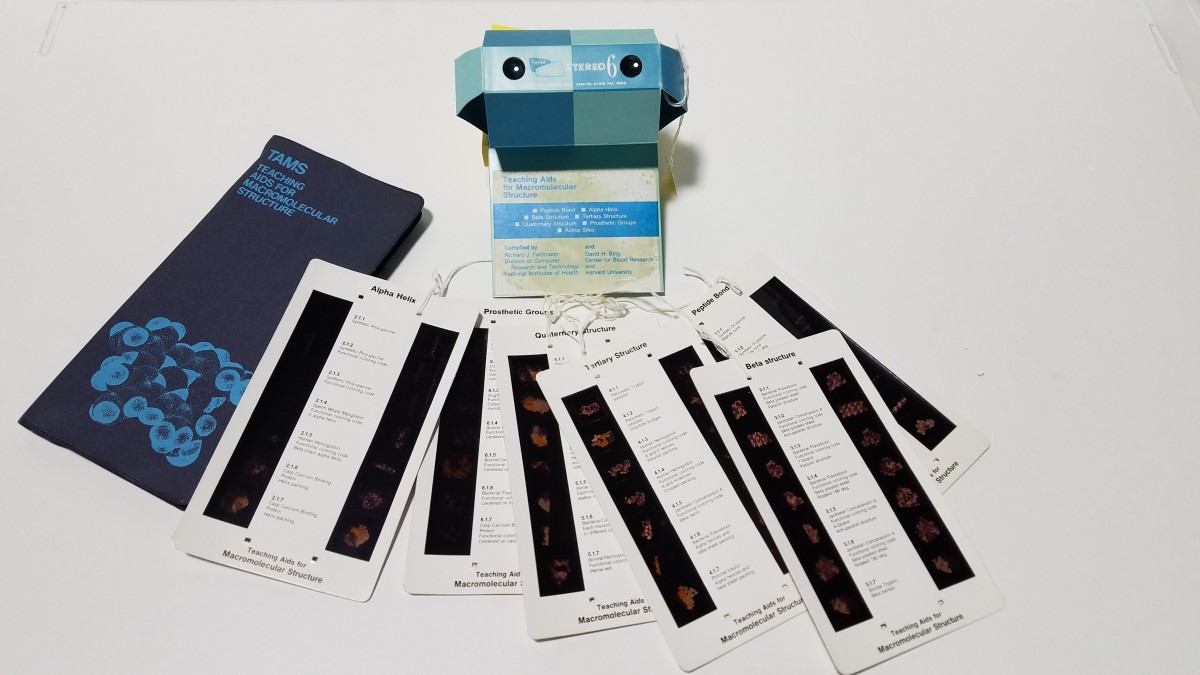
Don’t you wish we had a computer to run this tape on? This IBM Multi-System Magnetic Computer Tape, c. 1970, holds data from Dr. William Banfield, NCI, a pioneer in electron microscopy who was one of the first scientists to obtain images of the polyoma virus, which causes tumors in mice. And it also has data from Dr. William Hagins, NIDDK. Hagins is known for discovering how the eye produces the sensation of vision.
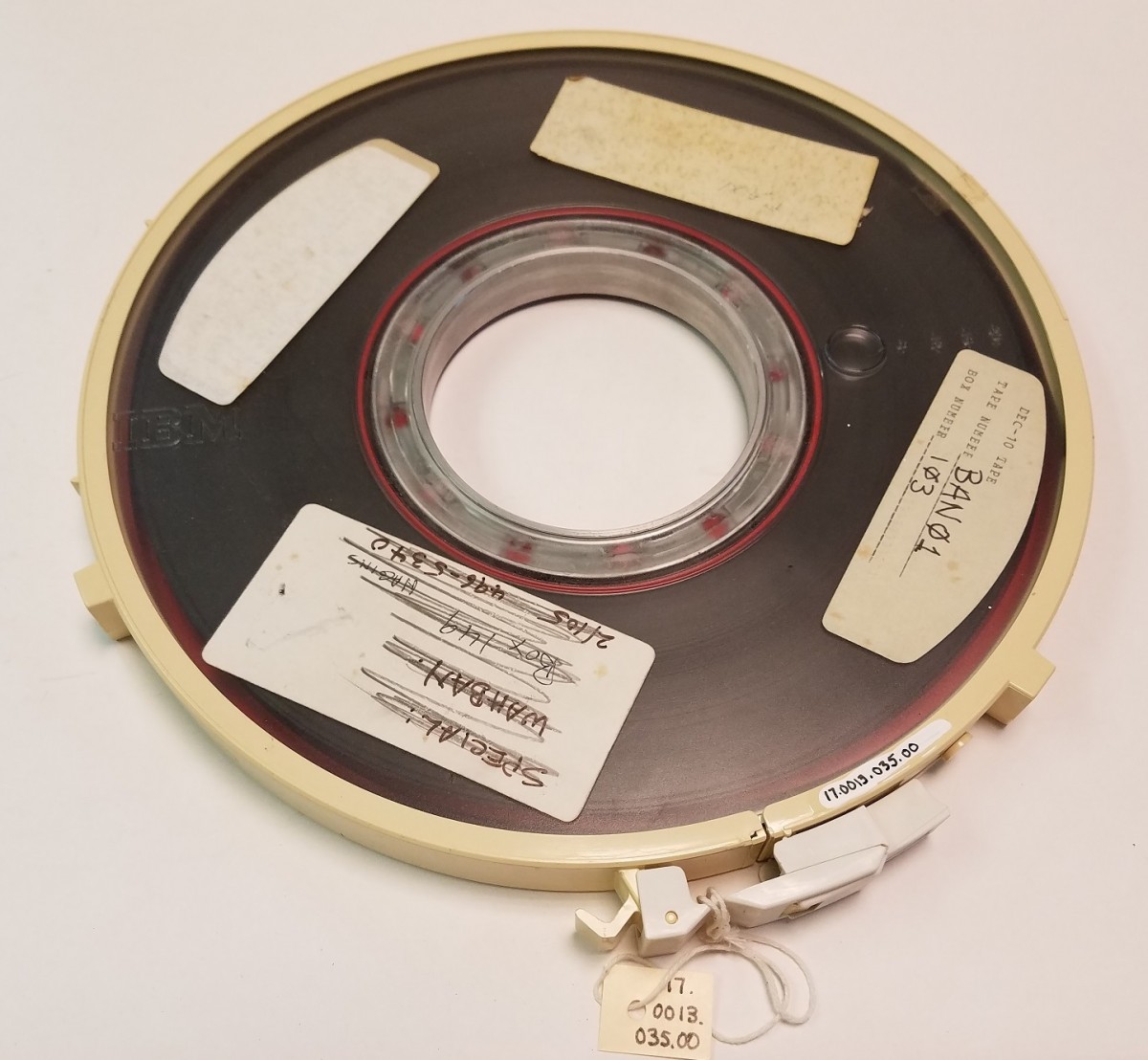
Van Suwannukul was frustrated. He wanted to write his doctoral thesis in his native Thai alphabet but the computer graphics cards at the time, 1982, couldn’t handle it. So he invented the Hercules Graphics Adapter (HGA), named after the California town where he lived. The HGA displayed clear monochrome graphics as well as crisp text. The HGA quickly became a new standard and helped to make personal computers popular because of its business and gaming applications. The boards were also used in scientific equipment like atomic absorption spectrophotometers. Perhaps this one was in a spectrophotometer, or perhaps an NIH scientist used it to play computer games.
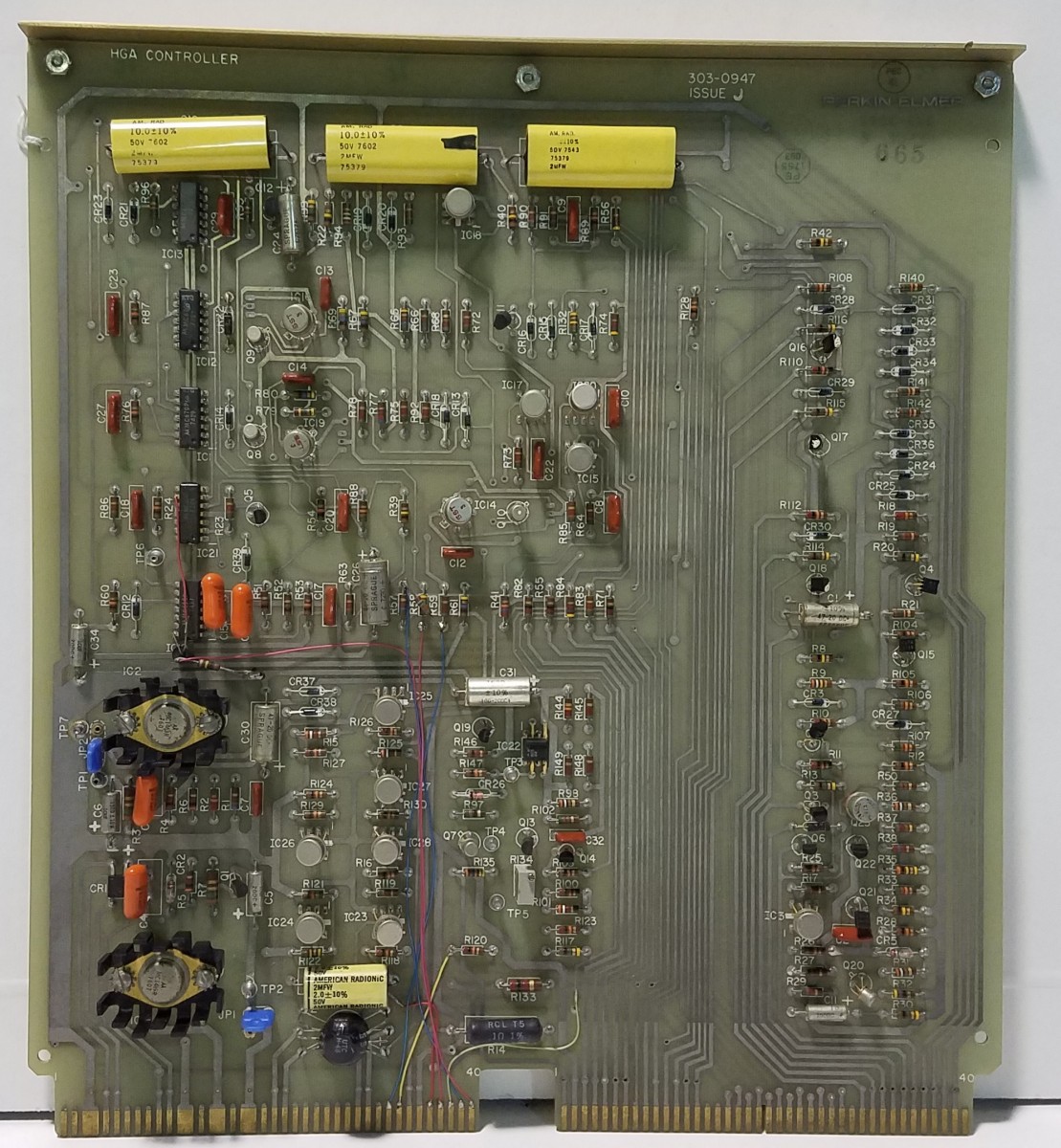
Related Blog Posts
This page was last updated on Monday, January 29, 2024
